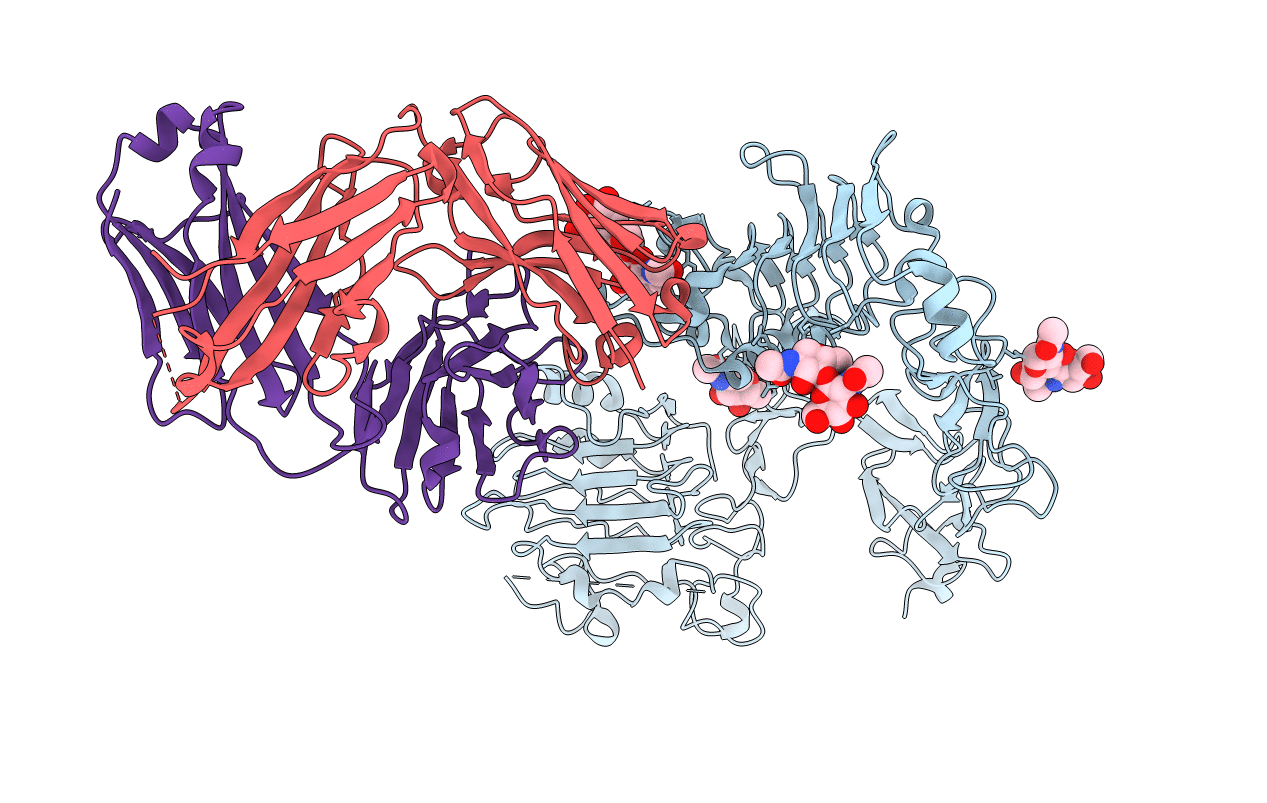
Deposition Date
2014-08-05
Release Date
2015-10-14
Last Version Date
2024-11-13
Entry Detail
PDB ID:
4UV7
Keywords:
Title:
The complex structure of extracellular domain of EGFR and GC1118A
Biological Source:
Source Organism:
HOMO SAPIENS (Taxon ID: 9606)
Host Organism:
Method Details:
Experimental Method:
Resolution:
2.10 Å
R-Value Free:
0.24
R-Value Work:
0.20
R-Value Observed:
0.20
Space Group:
P 1 21 1


